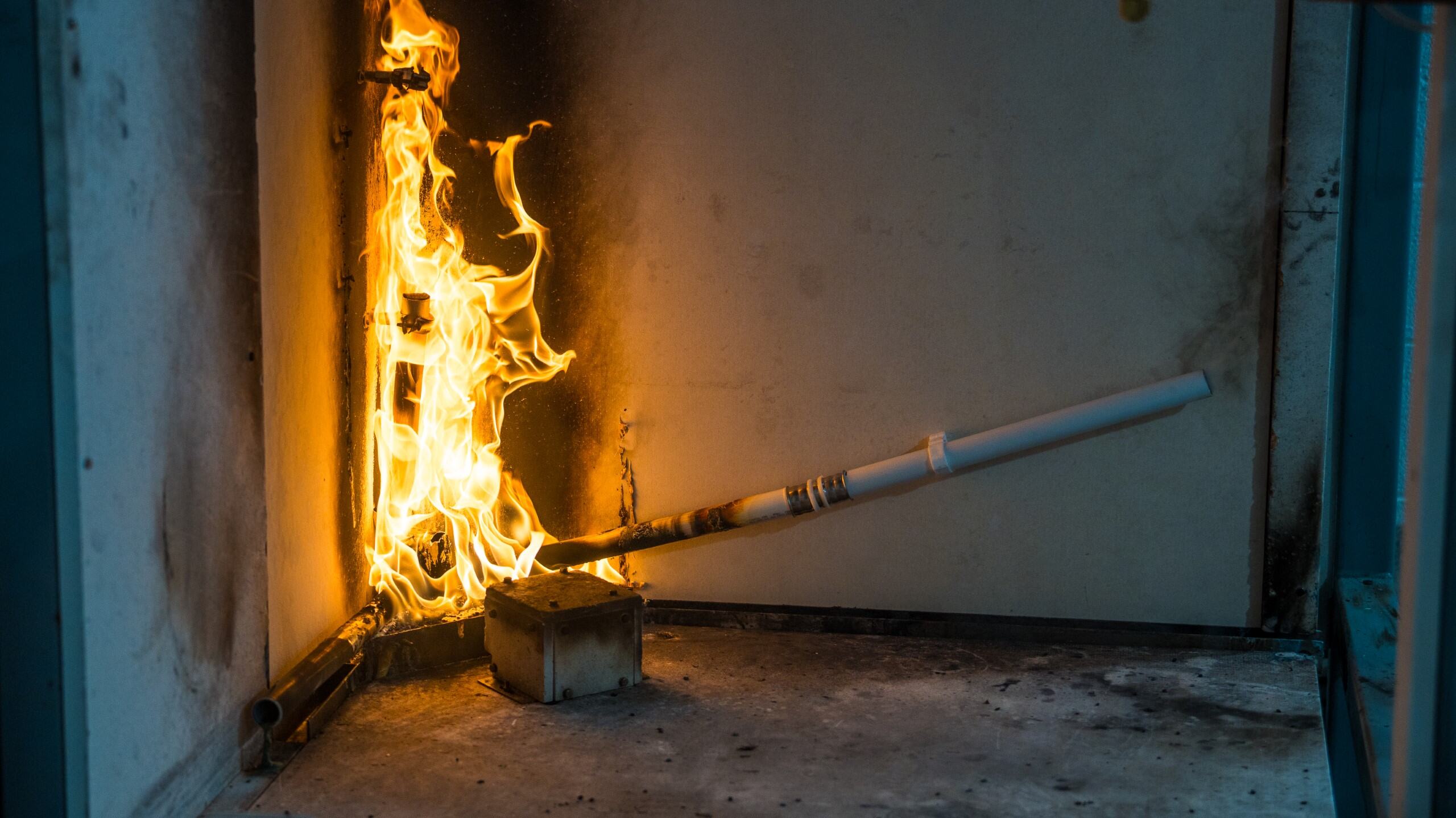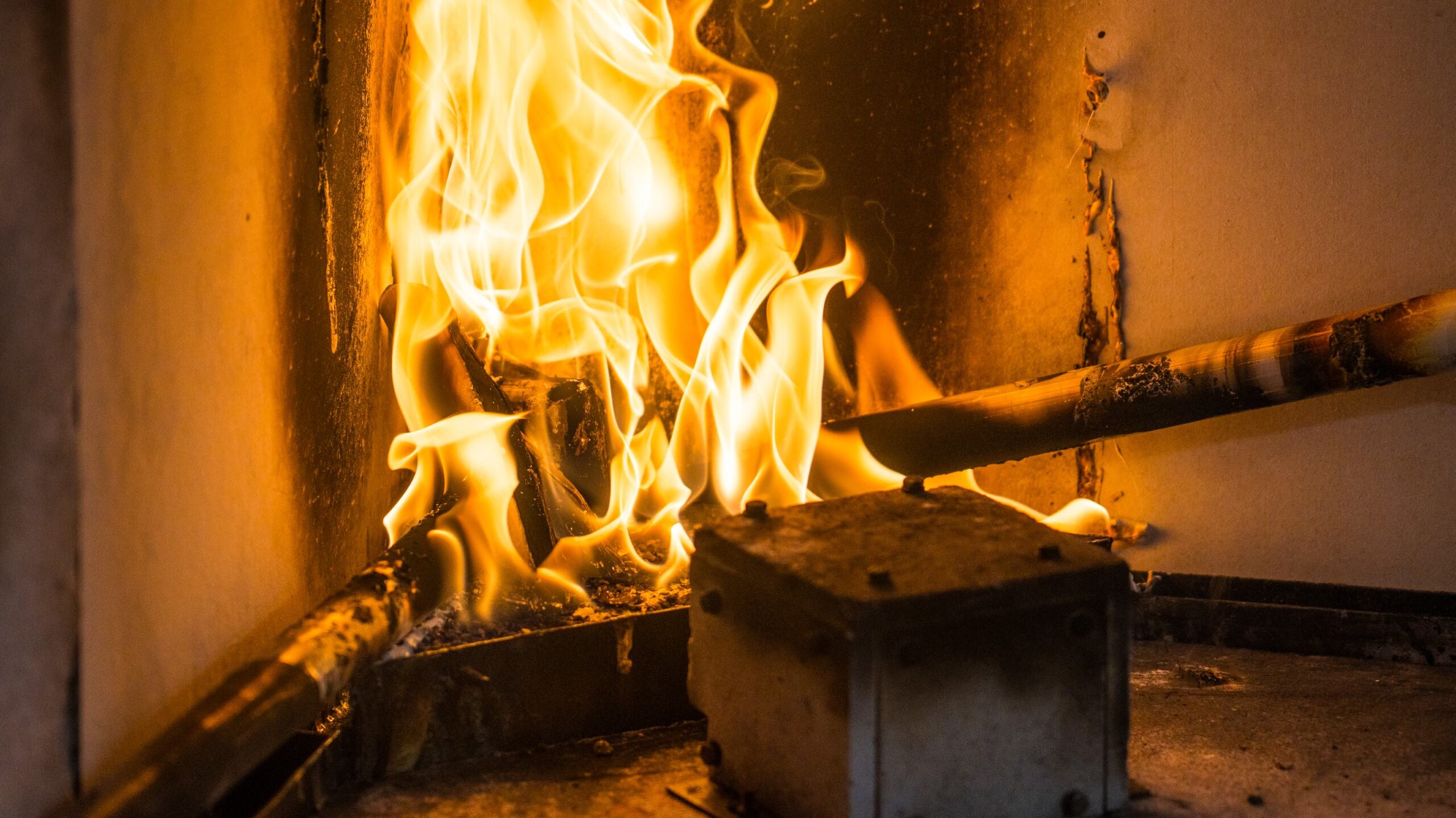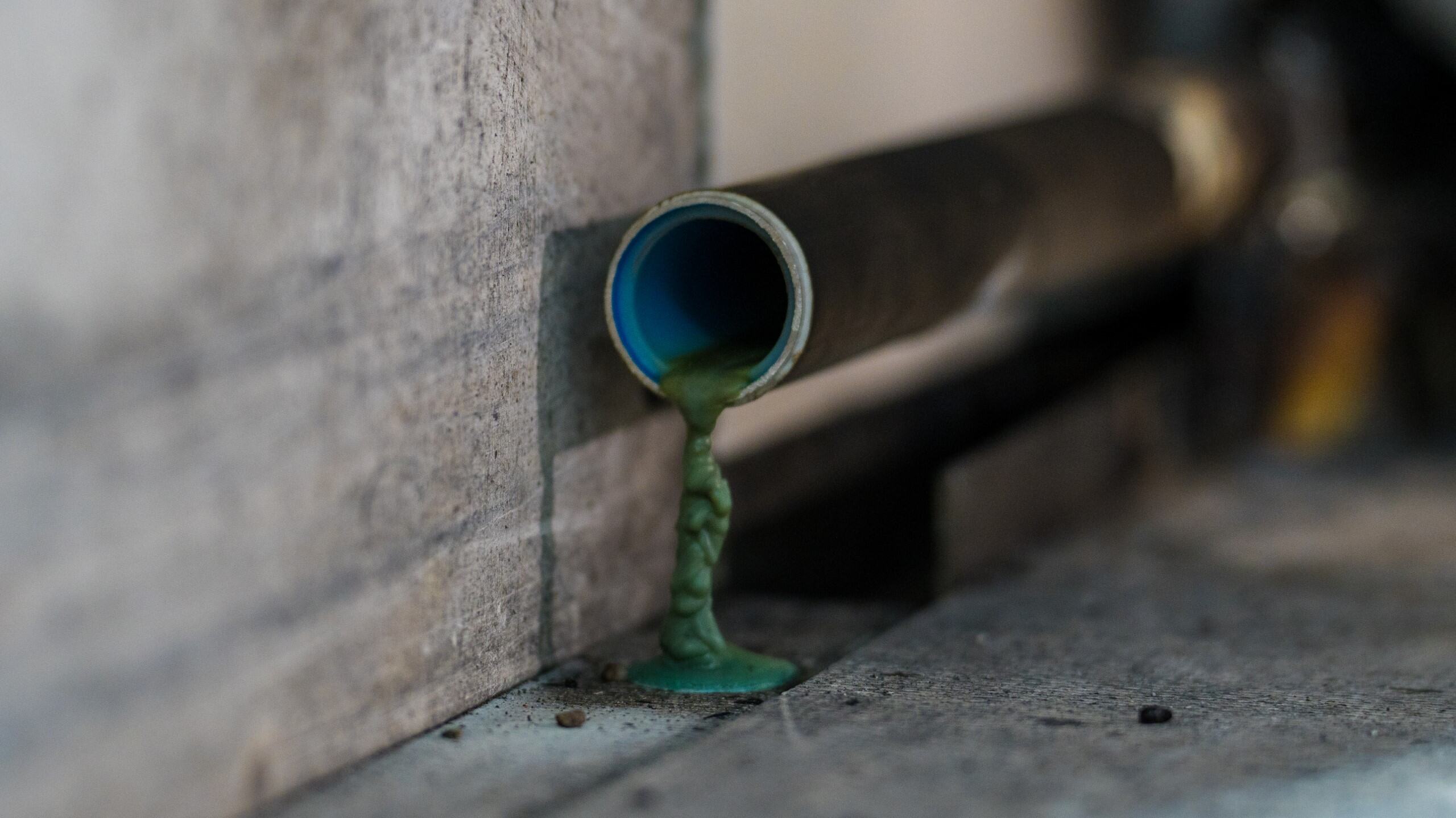
Multi-Layer Composite Pipes (MLCP) are often touted as a cost-effective and flexible solution for residential plumbing. But how safe are they?
As the name suggests, Multi-Layer Composite Pipes aren’t made from a single material. They’re made up of materials such as polyethene and a layer of aluminium sandwiched in between.
MLCP pipes are often chosen for their supposed ease of installation. This can make them an attractive option for both homeowners and builders. In theory, the aluminium layer is there to provide structural integrity, but that benefit is quickly overshadowed by the effects a fire will have on plastic.
Are MLCP pipes safe in a fire?
However, it’s important to consider their performance in a fire. After all, the safety of your clients’ home and family should always be the top priority.
Recently conducted research by CuSP and an independent third party, Warrington Fire, has raised serious concerns about the fire safety of plastic pipes, including MLCP. The Plastic Under Fire tests simulated real-life fire scenarios to measure how different pipe materials respond when exposed to flames. One of the most worrying findings was how quickly MLCP pipes burn. The tests showed that MLCP pipes can burn completely in just over five minutes – barely enough time to safely evacuate a home or building in the event of a rapidly spreading fire.
The speed at which MLCP pipes burn is only part of the problem. When these pipes burn, they release a cocktail of toxic gases and fumes that can be incredibly dangerous. According to CuSP’s research, MLCP pipes produce significant amounts of carbon monoxide, a poisonous gas that can quickly lead to unconsciousness and death.
MLCP produces 248 times more carbon monoxide than copper pipes when burned for eight minutes. The tests revealed the presence of hydrogen cyanide, another highly toxic gas. Hydrogen cyanide can cause seizures, respiratory failure, and even death upon exposure.
To learn more about the specific health risks associated with the gases released by burning plastic pipes, including MLCP, visit The Health Risks of Burning Plastic. It’s important to be informed about the potential dangers lurking within your walls.

MLCP vs Copper, a Clear Difference in Fire Performance
When it comes to fire safety, the differences between MLCP and copper pipes are stark. Copper pipes simply don’t burn. Copper has a high melting point of 1,085°C, which means it can withstand the temperatures of most house fires without igniting or releasing toxic fumes.
This inherent fire resistance makes copper a much safer choice for plumbing systems. In the event of a fire, copper pipes won’t contribute to the spread of flames or release dangerous gases.

Building Regulations and Fire Safety Standards
The findings from the Plastic Under Fire study raises important questions about current building regulations and fire safety standards. Is enough being done to protect people from the hidden dangers of plastic pipes? Is it time to re-evaluate the materials installed in homes and buildings?
The current regulations may not fully account for the fire risks associated with plastic pipes, and it’s essential that we take steps to ensure that our buildings are as safe as possible.

Other Disadvantages of MLCP Pipes
One of the main issues is durability; MLCP pipes are not as long-lasting as copper over time.
he plastic layers in MLCP pipes can degrade over time due to exposure to UV light, extreme temperatures, or certain chemicals. This degradation can lead to leaks and system failures, requiring costly repairs or replacements. Copper is durable and long-lasting. Copper pipes instead last for decades, often outliving the buildings they’re installed in.
There’s also the environmental aspect to consider. MLCP pipes are made from plastic, a material that’s derived from fossil fuels and can take hundreds of years to decompose. In a world increasingly concerned about sustainability, this is something we all need to take seriously. Copper is a natural element that’s 100% recyclable, making it a much more sustainable choice. It’s a resource that can be used again and again, without harming the planet.
Is MLCP Worth the Risk?
When it comes to building materials, quality and compliance with fire safety standards should never be an afterthought. By prioritising durability and sustainability, not only are homes being safeguarded, but long-term structural integrity is being preserved. Thoughtful choices today, such as selecting materials that meet rigorous safety regulations, can make all the difference for generations to come.
